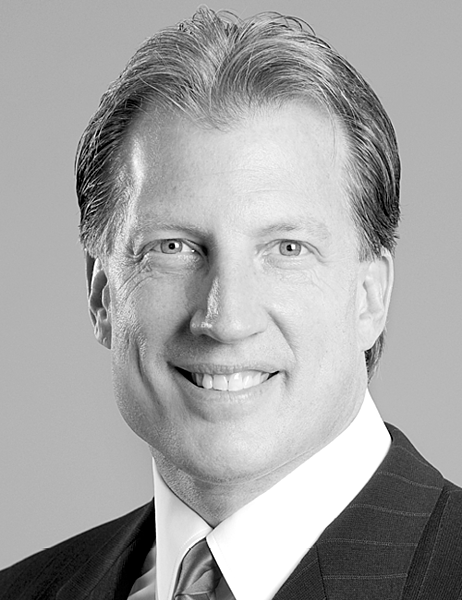
Bone augmentation is often required to place an adequate number of dental implants in ideal positions for prosthetic support. In addition to improving biomechanics, bone enhancement can improve aesthetic outcomes. Inherent disadvantages of bone grafting techniques include increased morbidity, surgical time, costs and treatment length. As such a trend has developed towards alternative augmentation procedures and more minimally invasive approaches, and towards treatment approaches that avoid bone grafting, including shorter and narrower implants, angled implants and/or fewer implants for prosthetic support. Rather than surgically reconstructing aesthetic zone defects many clinicians opt to replace the missing hard and soft tissue with prostheses. This presentation will look to guide clinicians on implant rehabilitation with grafting and non-grafting approaches.
Learning Objectives:
- To review the treatment options to avoid or reduce the need for bone augmentation
- To discuss bone augmentation techniques that reduce patient morbidity
- To discuss the advantages and disadvantages of grafting and non-grafting solutions